STEPHEN MAINE
-
P15-0720
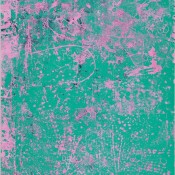 add to drawer
add to drawer
-
P15-0727
 add to drawer
add to drawer
-
P15-1124
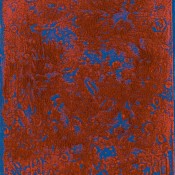 add to drawer
add to drawer
-
P15-1012
 add to drawer
add to drawer
-
P15-1199
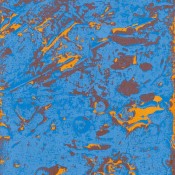 add to drawer
add to drawer
-
P15-1030
 add to drawer
add to drawer
-
P15-0617
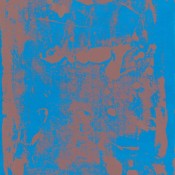 add to drawer
add to drawer
-
P15-0710
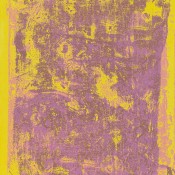 add to drawer
add to drawer
-
P15-0702
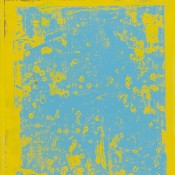 add to drawer
add to drawer
Statement: Residue paintings
Each of these paintings exhibits the evidence of a process—a series of decisions enacted in its proximity and coinciding, at certain crucial moments, with its surface.
If the paintings are images, they represent this process as a kind of synecdoche, like “wheels” implies “car.” The residue denotes the entire procedure, as its pictorial outcome. It is futile to try to foresee this outcome. To the extent that I suspend control over the process, the result is surprising. I insist on being surprised.
The indirect method of application (which resembles relief printing, or a big stamp; cf. Dubuffet’s “empreintes”) complicates the matter of expressionistic touch by protecting against the autographic mark. The technique yields a flatfooted trace, a deposit of paint, the residue of a clumsy, imprecise operation. That imprint is all that remains of a protracted and complex action that is otherwise ephemeral.
The studio-bound business of mixing colors, selecting and arranging tools and so on is only preparation for the moments when wet paint contacts the substrate. Two or three such moments usually suffice for a painting. Maybe four. Really, the technical means of making is incidental; the density, the weight, the particularity of optical sensation reside in the painting itself, which is where the energy is focused in a few square feet. That is what I like most about painting: the energy is focused.
